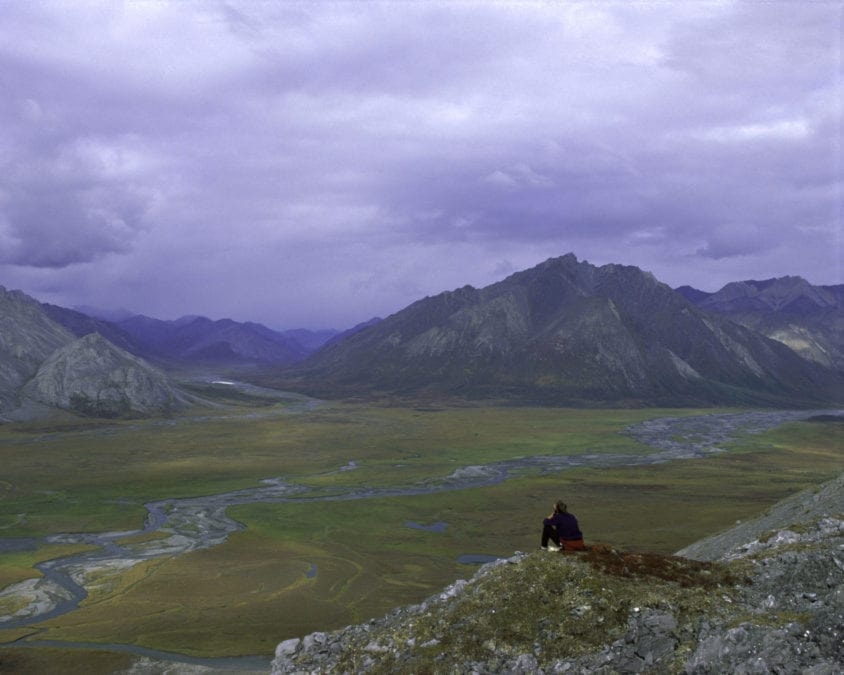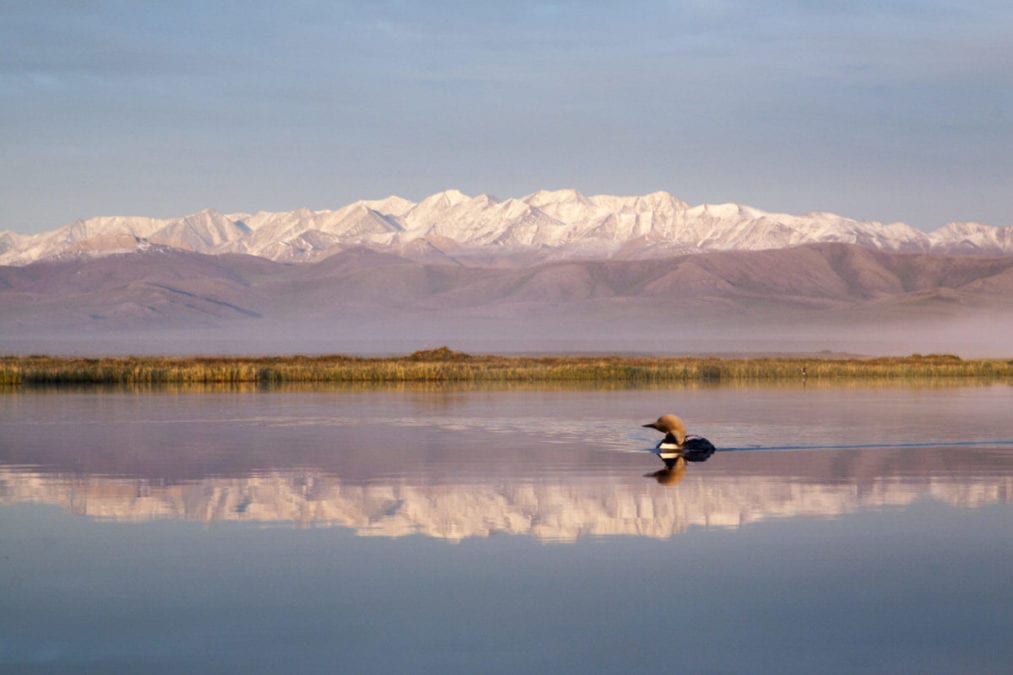
Photo credit Malkolm Boothroyd/malkolmboothroyd.com
Calling the decision a human rights crisis, leadership of both the Gwich'in Tribal Council in the Northwest Territories and the Vuntun Gwitchin First Nation in the Yukon and United States are vowing to fight U.S. President Donald Trump's push to get Arctic drilling underway before the end of his term.
On Aug. 17 the U.S. Bureau of Land Management published the Record of Decision for the Coastal Plain Oil and Gas Leasing program for the coastal plain of Alaska's Arctic National Wildlife Refuge, known as the 1002 area, opening the door to lease sales to oil companies hoping to establish drilling rigs in the area.
While the refuge is home to many threatened and endangered species such as polar bears and more than 200 species of birds, a 1998 U.S. Geological Survey estimated there could be between 5.7 billion to 16 billion barrels of crude oil beneath the surface. However, those are theoretical and not proven reserves. The refuge is also the calving ground for the porcupine caribou herd, which many people across the North rely upon for sustenance.
A March 2019 report on Gwich’in Knowledge of Porcupine caribou estimates that in the 1990s the average Gwich'in household in Fort McPherson or Aklavik needed around nine caribou annually to meet their nutritional needs. Caribou account for half the meat consumption for families in these areas.
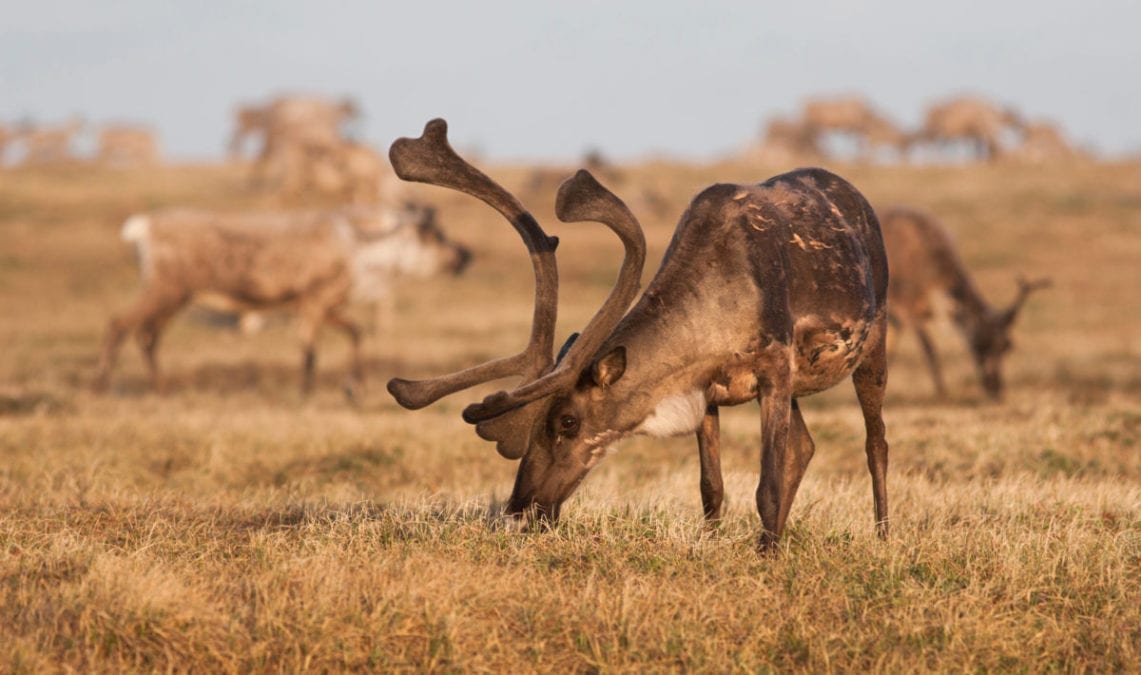
Photo credit Malkolm Boothroyd/malkolmboothroyd.com
“It is extremely disheartening to think a lease sale could occur this year based on the findings of Bureau of Land Management’s rushed and inadequate environmental review process that failed to identify these lands as the life blood of the Gwich’in Nation," said GTC Grand Chief Bobbie Jo Greenland-Morgan. "The Gwich’in will continue to stand united with all of our allies to do whatever we can to delay a lease sale from occurring and we will not stop in this work until the Coastal Plain of the Arctic National Wildlife Refuge is permanently protected from oil and gas exploration and development.
"In 1988 the Gwich’in were directed by the Elders to work in a good way until this sacred place is protected and we will listen to our Elders and not give up."
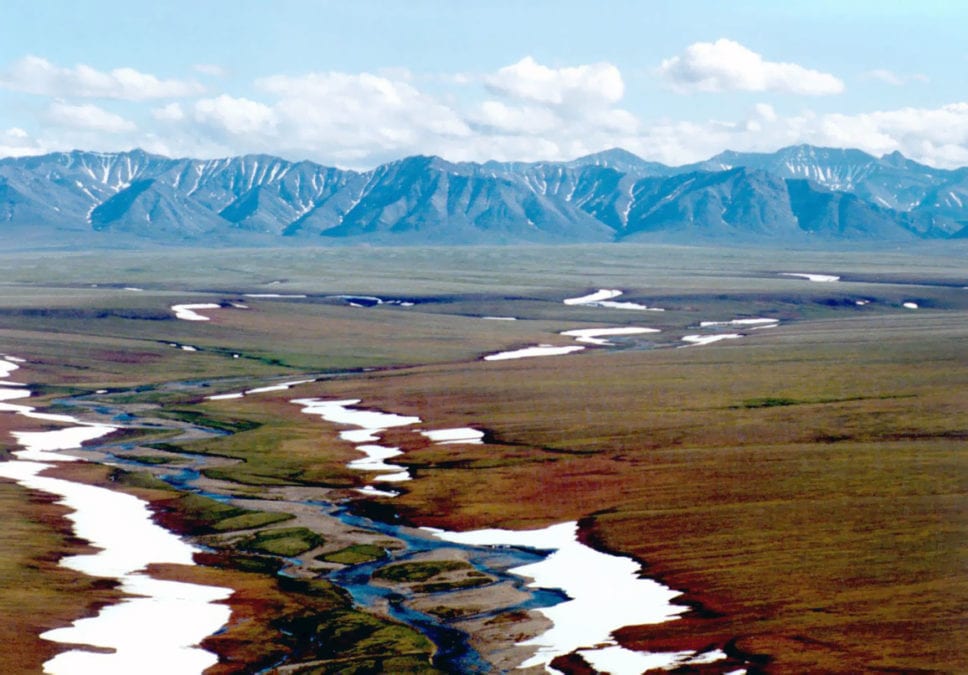
Photo courtesy U.S. Fish and Wildlife Service (Public Domain)
A joint statement from the Gwich'in governments on both sides of the colonial border notes the decision shows the Trump administration is moving forward with the "most destructive drilling alternative identified and offers the opportunity to lease the entire Coastal Plain of the Arctic National Wildlife Refuge."
Under the plan, surface activity will be prohibited in 23 per cent of the refuge and timing limitations will be placed on 37 per cent of the coastal plain, which covers an area of roughly 6,300 square kilometres in the refuge. Buffer zones will be set up around polar bear dens, however conservationists have stated those provisions will be inadequate. The U.S. Department of the Interior has also acknowledged that the plan could have significant consequences for the polar bear habitat.
“The potential for injury or mortality could be high when developing new oil and gas projects in polar bear habitat,” said the department in a 2019 environmental analysis.
Both the Vuntut and GTC governments say they were purposefully excluded from much of the decision making, saying throughout the process they were repeatedly not consulted, nor provided reasonable opportunities to respond or even acknowledged as having a stake in the land.
"Despite this purposeful exclusion, our governments and our citizens have worked tirelessly to participate as best we could and to voice our concerns about the impacts of oil and gas development in Iizhik Gwats’an Gwandaii Goodlit, or the Sacred Place Where Life Begins," reads the joint statement.
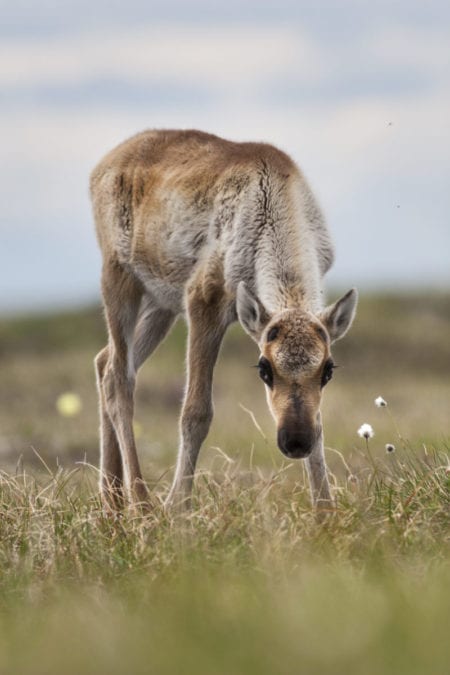
Photo credit Malkolm Boothroyd/malkolmboothroyd.com
Now that the decision has been made, the Trump administration can begin releasing Calls for Nominations. These would identify areas for the first round of lease sales. The statement notes these involve public comment periods which could be used to identify key areas that should not be offered, but so far no indication has been given when such a consultation period would begin or how long it would run. Once that process is wrapped up, the U.S. government could begin selling the sacred lands as early as this fall.
However, with the price of oil sitting at under $50 a barrel and the high cost of bringing equipment into the region, alongside with an increasing number of banks swearing off financing any drilling, it remains to be seen how many companies will actually put in bids.
In an Aug. 17 interview with Fox & Friends, Trump told the hosts he was largely motivated to push the plan through because Republican Party interests had been trying to open the region for drilling since 1985.
“ANWR is a big deal that Ronald Reagan couldn’t get done and nobody could get done,” he said.
U.S. Presidential hopeful Joe Biden has repeated stated he is "totally opposed" to the plan. Should the White House change hands in November, the new administration could potentially stall lease sales or well permits and tie up potential drilling projects for some time.
Canada's Yukon government's website states its official goal is to urge the U.S. to protect the refuge and its Premier Sandy Silver said his government stands in solidarity with the Gwich'in people. Inuvik Drum has reached out to the GNWT and Inuvialuit Regional Corporation for their position on the refuge and will update this story when we receive a response.
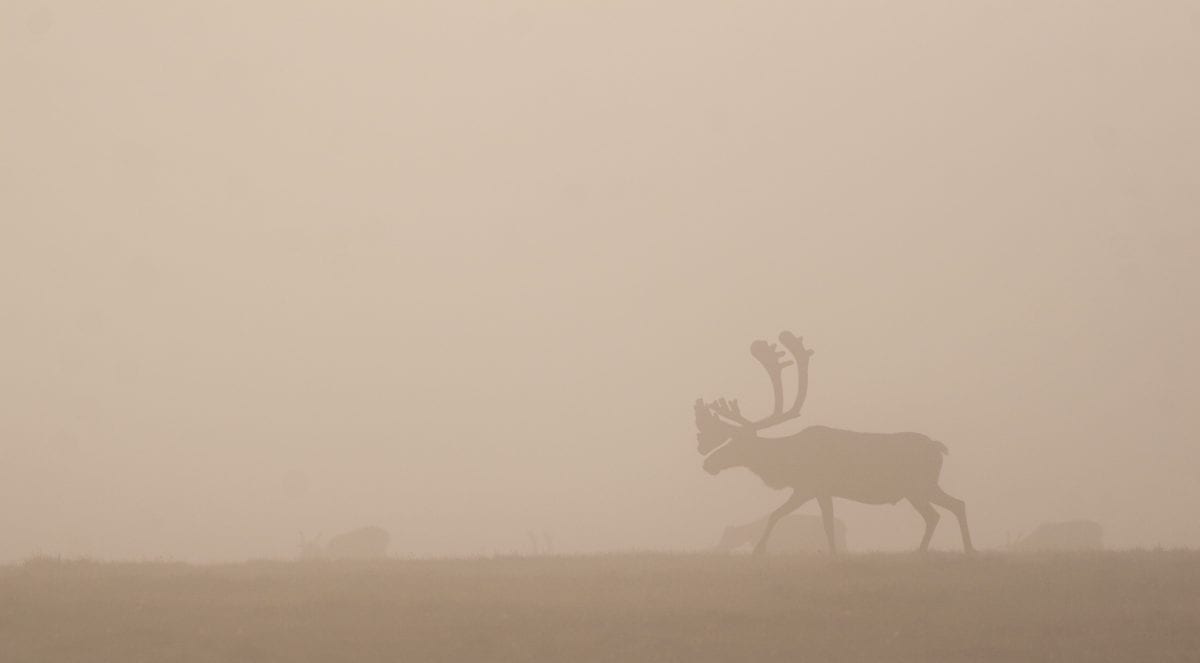
Photo credit Malkolm Boothroyd/malkolmboothroyd.com
Environmentalists in the United States and Canada have also vowed to fight any attempts at drilling every step of the way.
“The Trump administration’s so-called review process for their shameless sell-off of the Arctic refuge has been a sham from the start," said Sierra Club spokesperson Lena Moffitt.
"We’ll see them in court."
